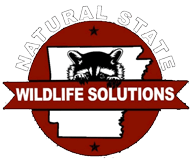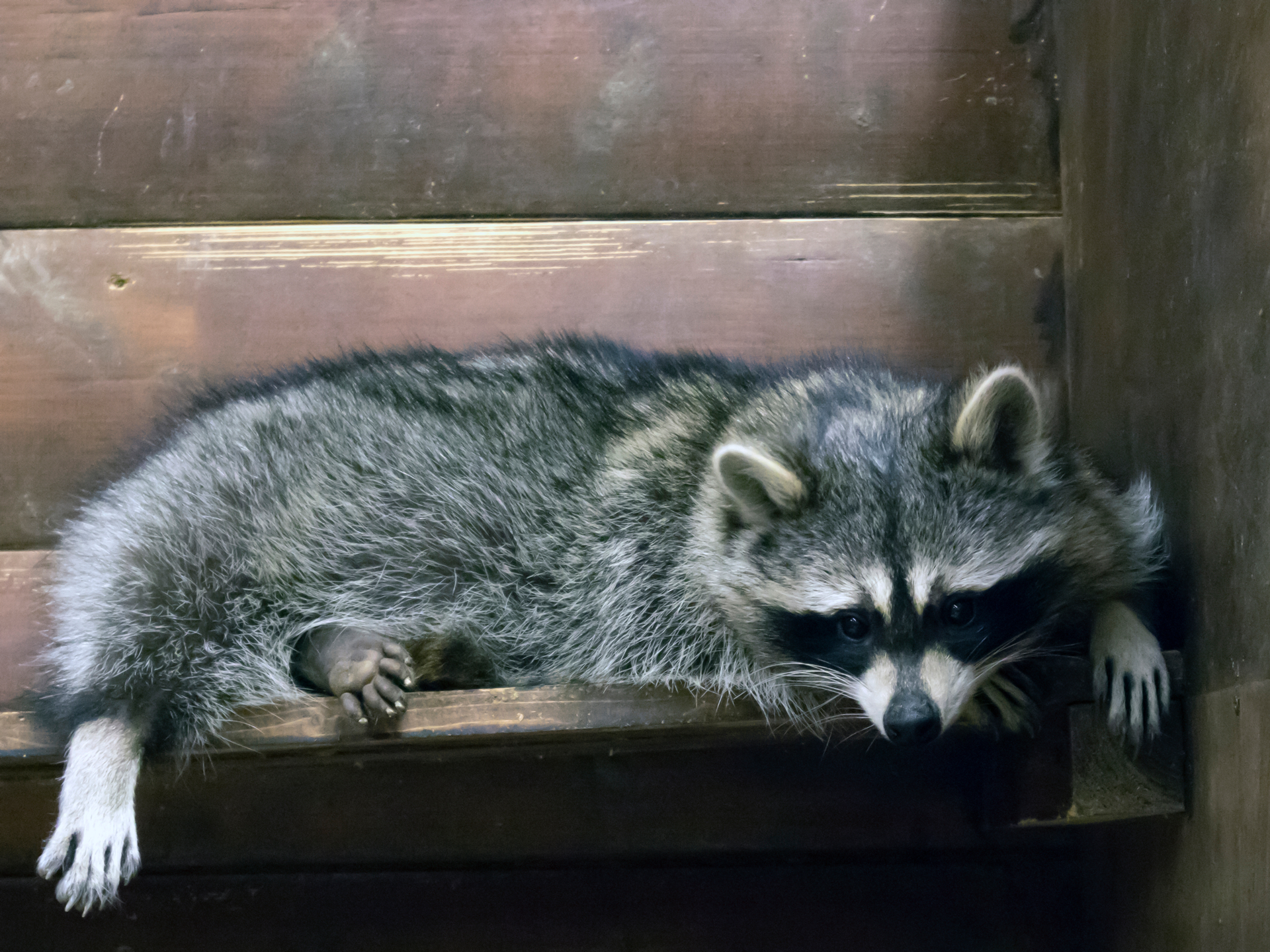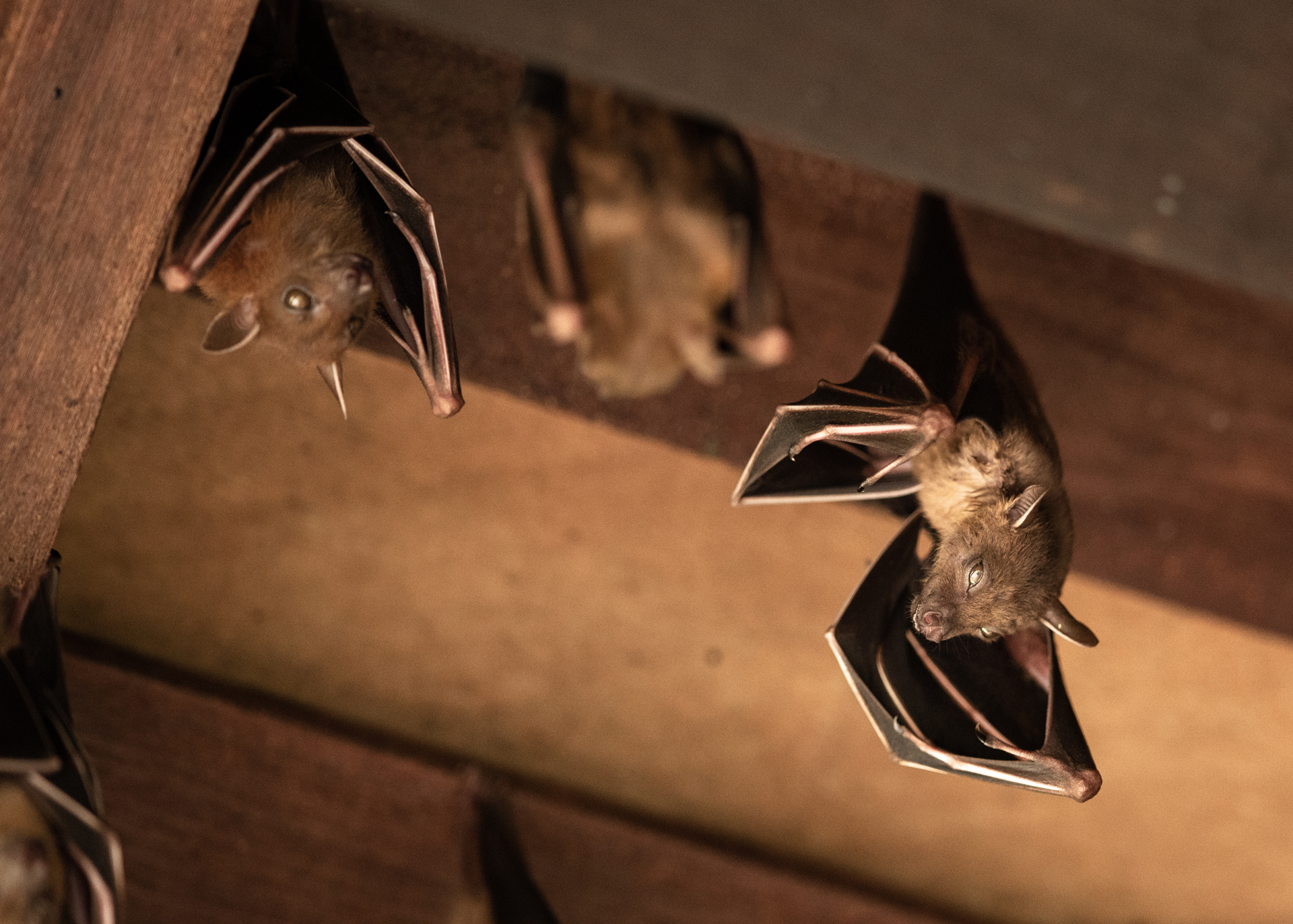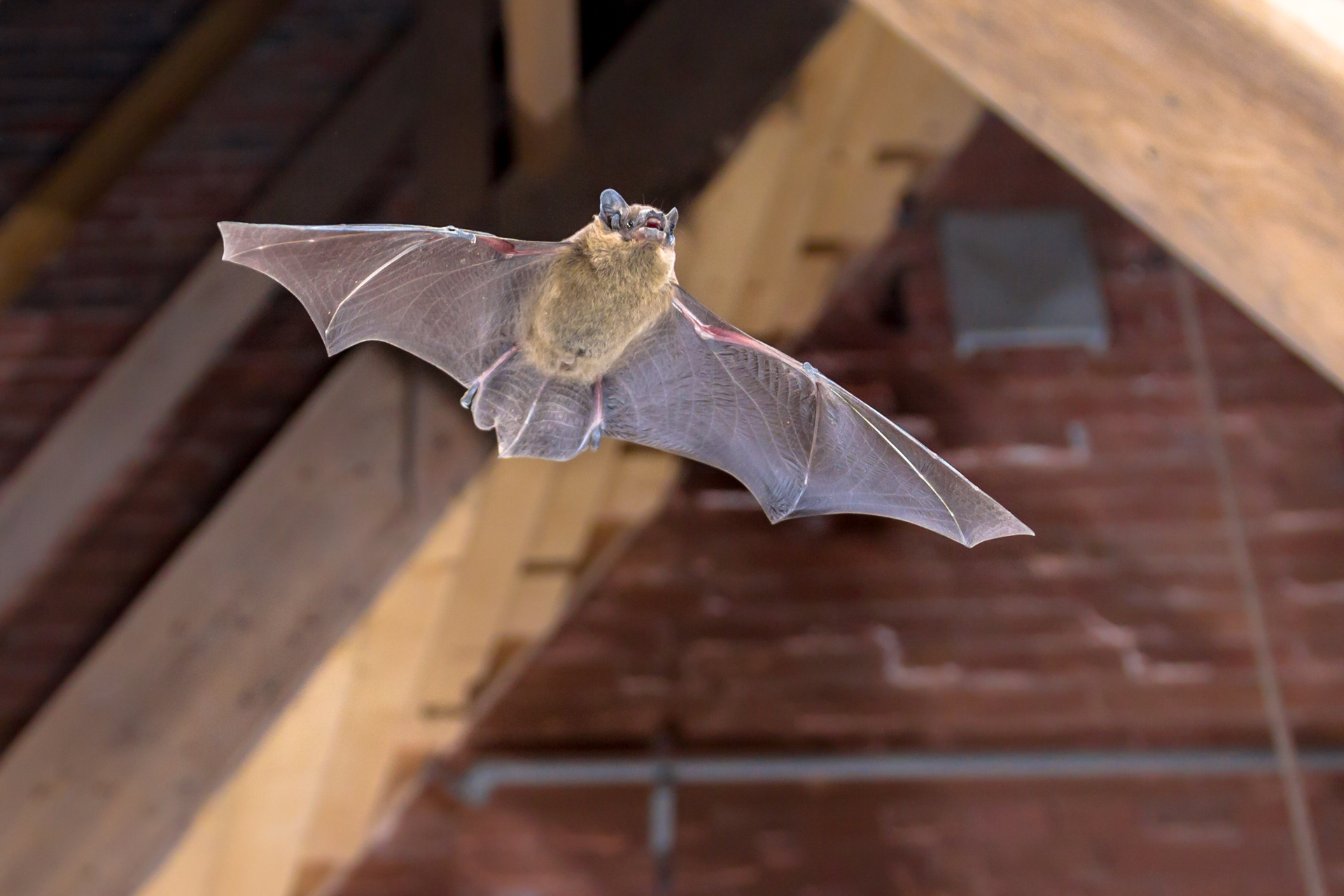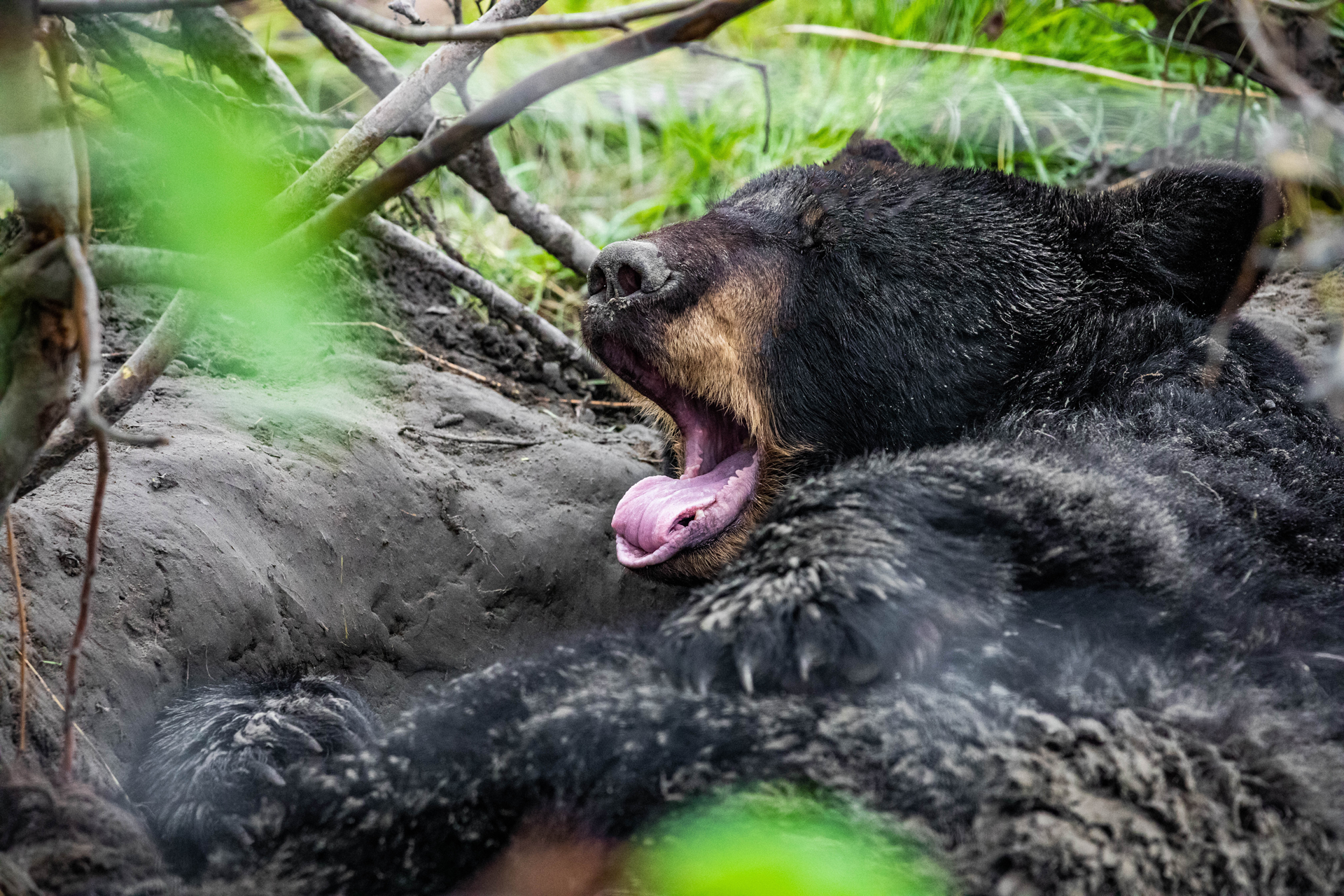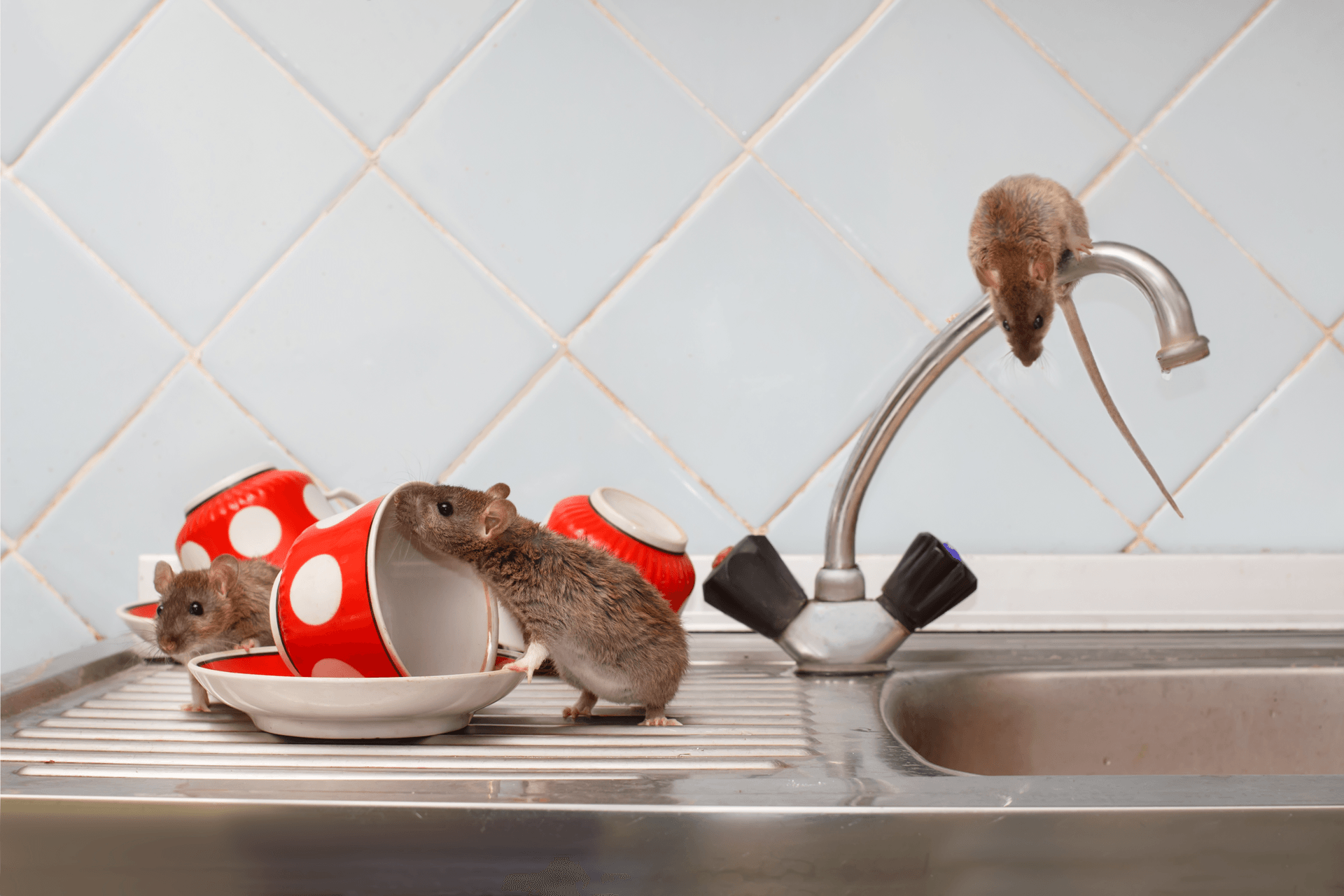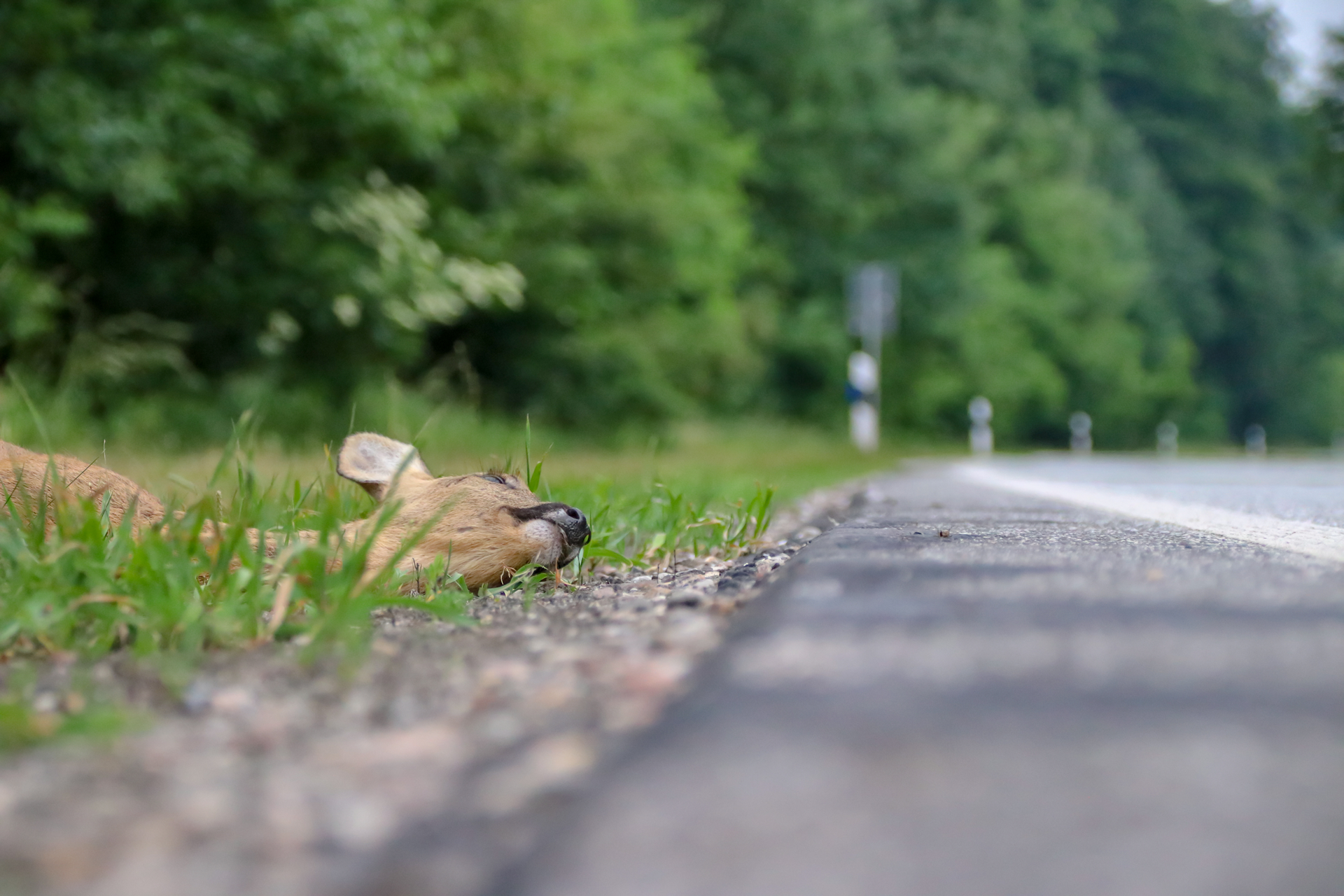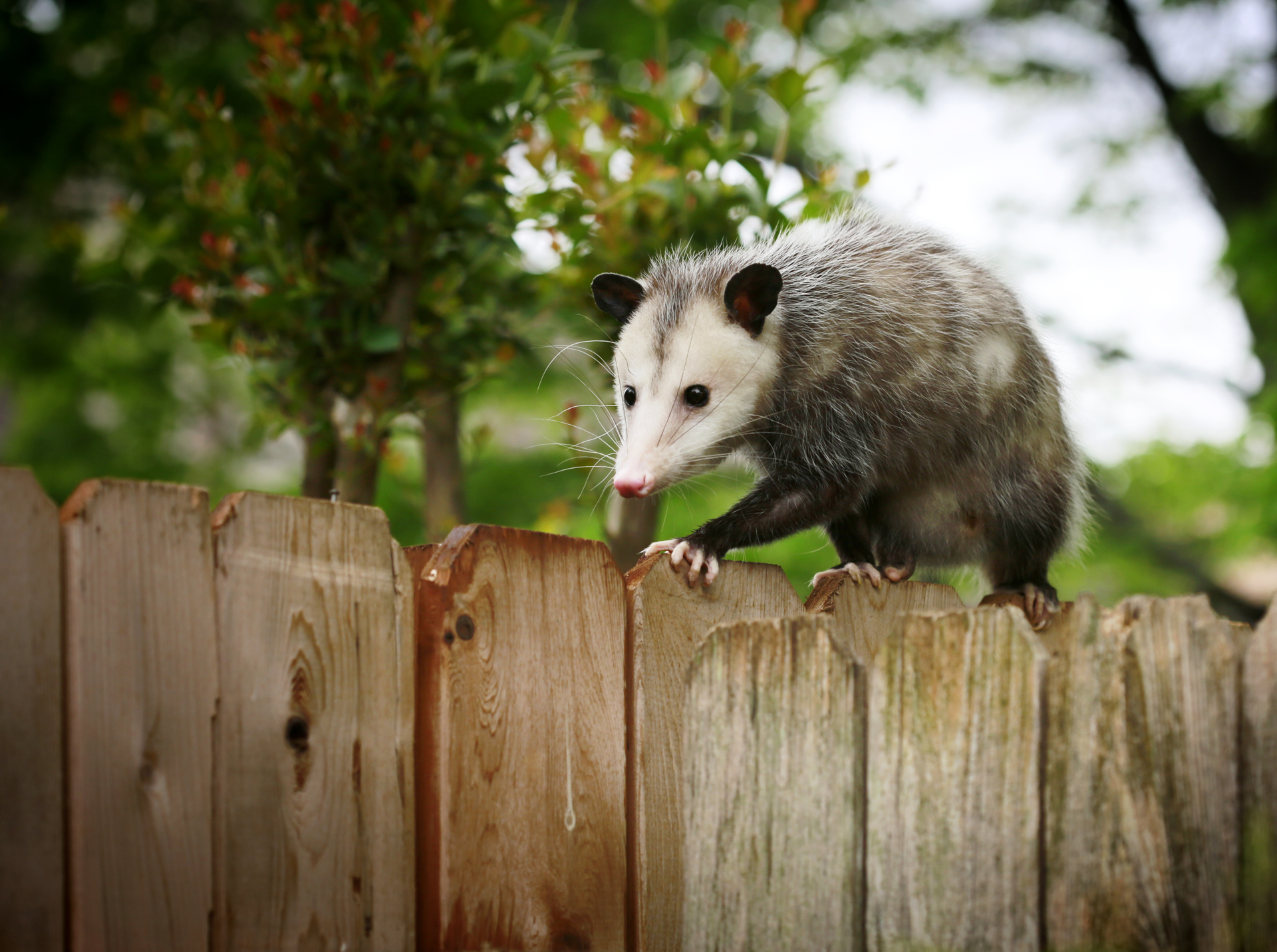Keep Wildlife Out
Keep Wildlife Outside This Winter
When animals sneak into your home or business, they’re after the same things constantly: food, water, and – especially in the winter – shelter. Northwest Arkansas goes three months with average temperatures dipping below freezing in the evening. Although plenty of animals have a good coat of fur, animals, like people, would prefer to be out of the elements when temperatures get that low. That’s why it’s so important to work on keeping them out before the cold starts pushing them in. To do that requires combining multiple strategies, trapping the animals currently on your property or in your home, then taking steps to ensure they don’t return, while bolstering your building’s ability to keep the wildlife out.
Keeping things clean inside the house isn’t enough; you’re better off making sure they don’t approach your property in the first place. When you start on your wildlife exclusion efforts, you should first look for things that could be attracting them to your property. Make sure plants or bushes close to your doorways or windows are trimmed back, so animals like squirrels, raccoons, mice, and rats can’t use the greenery for cover, and then walk through the front door when the opportunity presents itself. Overhanging tree limbs should be cut back to ensure an animal can’t hop from the branches to your roof. Woodpiles should be stacked far from the building because they are a favorite nesting place of raccoons.
Getting rid of easy water sources is a quick and effective way to discourage them. You should look for standing water that pools up in your lawn or accumulates in flowerpots, old tires, and clogged gutters. Keeping your garbage can locked tight can eliminate the smells from wafting further away and calling to the wildlife. Bird feeders may bring in beautiful, winged animals, but they also make a great snack for squirrels to fill up on and then hop over to your roof and sneak into the attic. Ensuring your property is protected from wildlife means analyzing the entire space, not just the building itself.
In some cases, animals could be sneaking in through barely-noticeable holes and gaps, and there are many of those created when the building was constructed. Look for water, electric, and natural gas pipes, near floor joints, open crawl spaces, and washing machine and stove vents. Molding around doors and windows are especially susceptible to gnawed holes that animals use to make their way through. Those problems can be fixed by filling the holes in with caulking or covering them up with wire mesh, or both. The caulking isn’t a one-size-fits-all operation, though; there’s different material used for indoors versus outside. You’ll need to choose a durable formula that won’t crack when the thermometer reads lower than 32 degrees.
Most entries don’t occur by happenstance, however. Animals can be extremely innovative, and if they’re truly determined to find a way into your house, they often put in work to get there. That is why taking away the attractants is so important. The UC Davis Department of Wildlife, Fish, and Conservation Biology says raccoons can tear off roof shingles and ventilators just to get into an attic and create a nest out of torn-up insulation. So, make sure they don’t have other hiding spaces like hollow trees, gaps underneath decks, or piles of brush. Many examples of nuisance wildlife are nocturnal, so installing floodlights that turn on when they sense movement can also go a long way in scaring the critters off.
Although there are some things you can take care of yourself to keep wildlife out, it’s important to have an expert examine the space. Then there is what to do if you trap a creature in your home. Professional technicians can find signs of animals that are nearly invisible to the untrained eye, inside and out. Beyond that, experts plan for possibilities, making sure to be proactive rather than reactionary in their exclusion efforts, saving you time and money in the long haul.
The licensed and certified professionals at Natural State Wildlife Solutions can inspect your property and assess the areas you may have missed and form an exclusion plan tailor-made to your home or business. We’ll examine every angle to make sure you aren’t left vulnerable to an invasion. Then we’ll formulate defensive strategies, get to work on the changes that need to be made immediately, and discuss other potential protections you may wish to install.
Contact us to set up an inspection or for an estimate.
